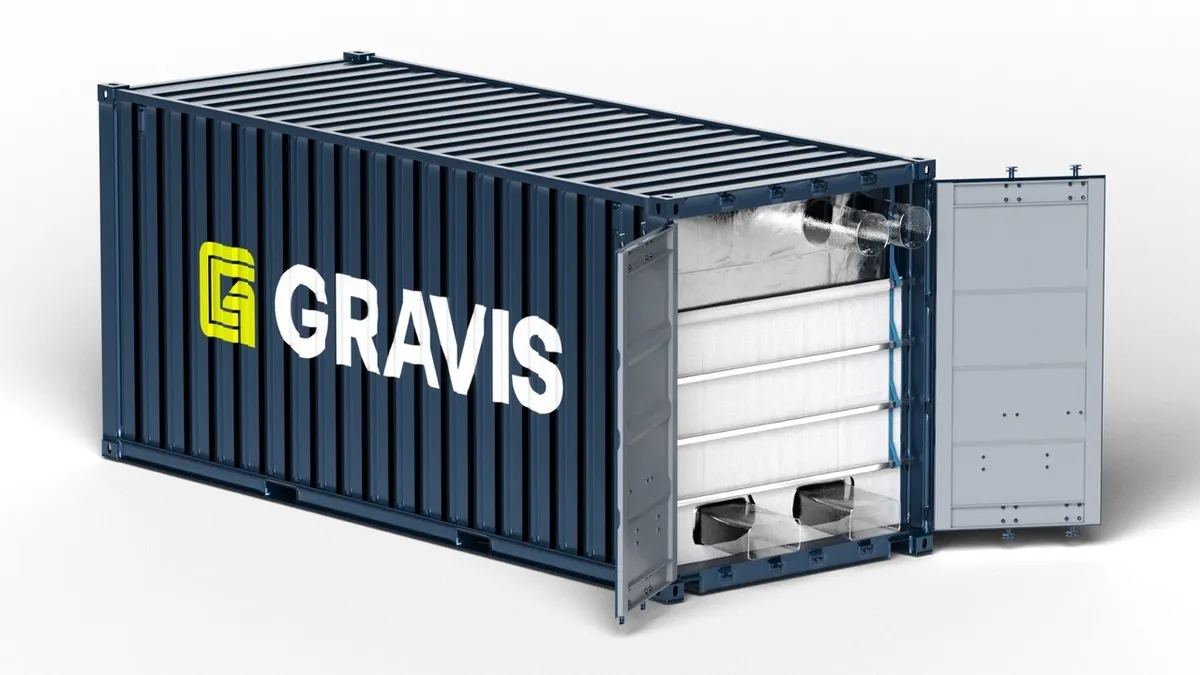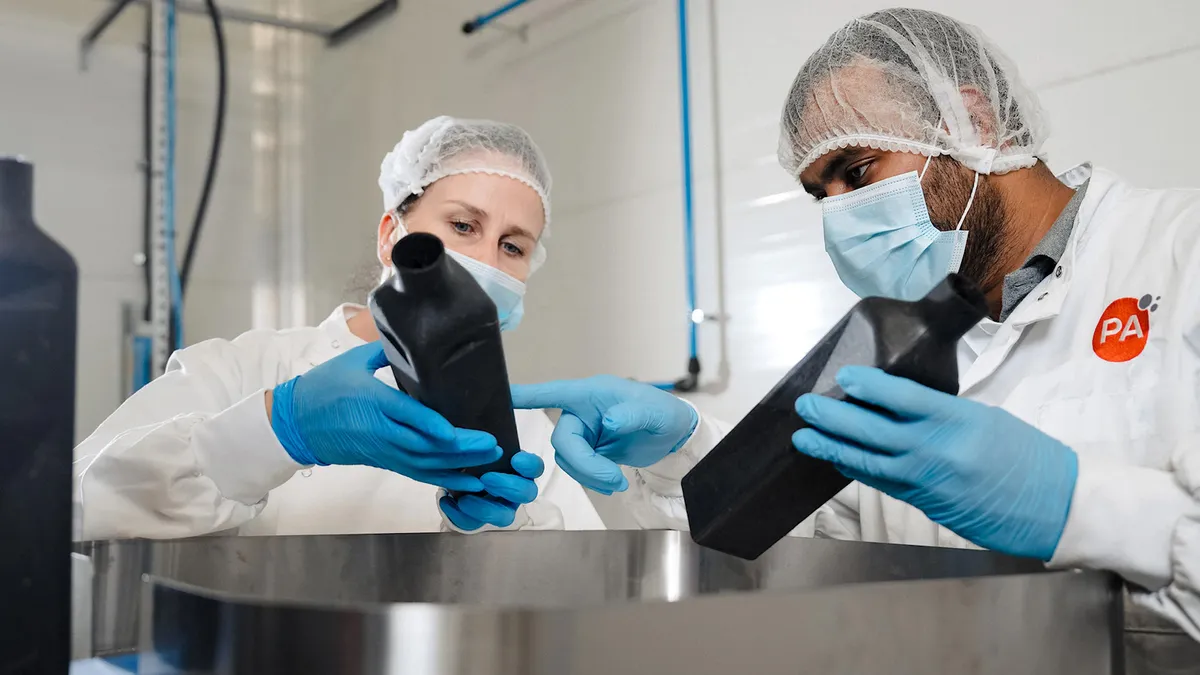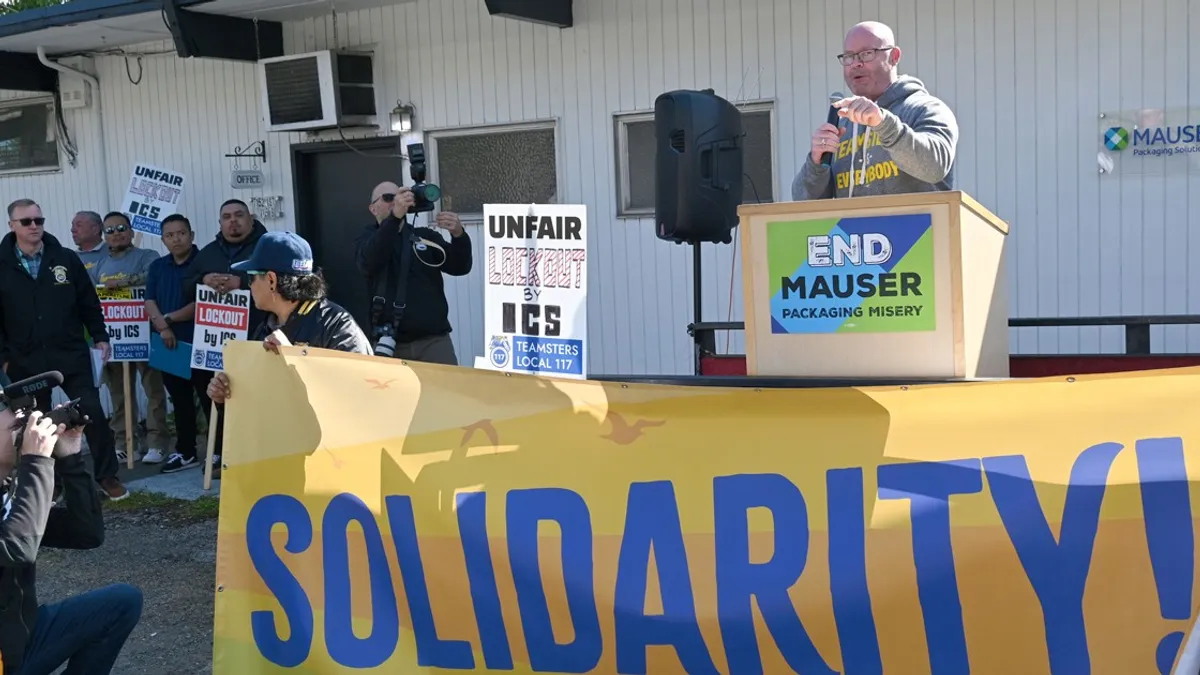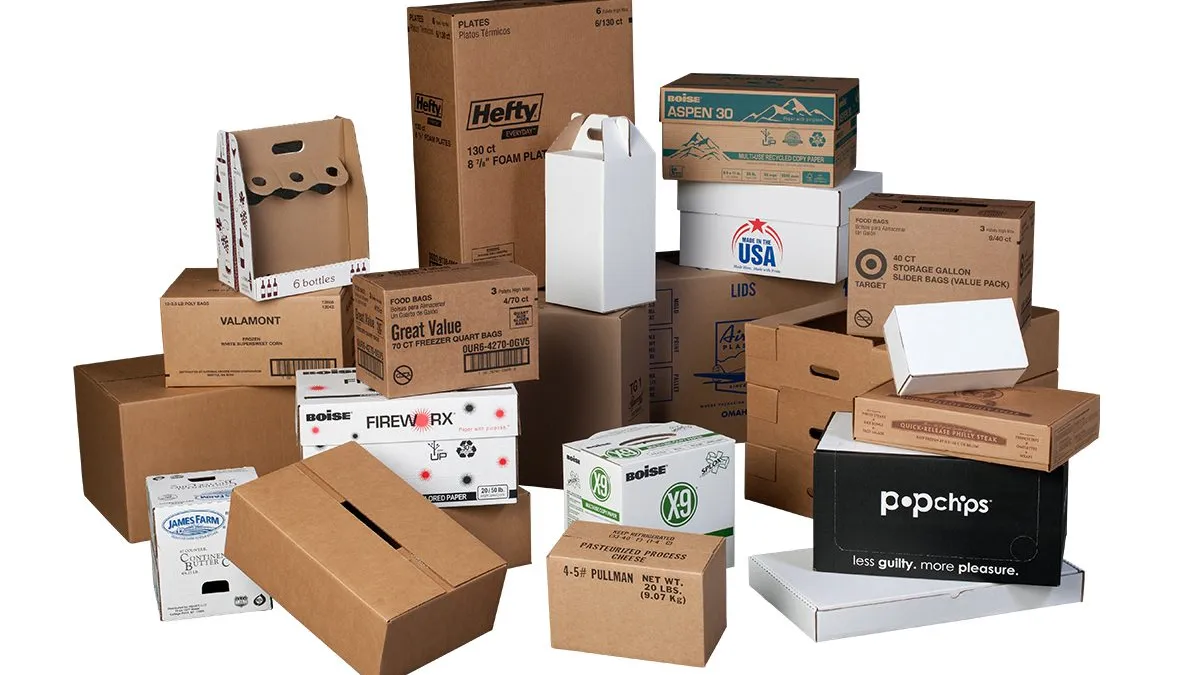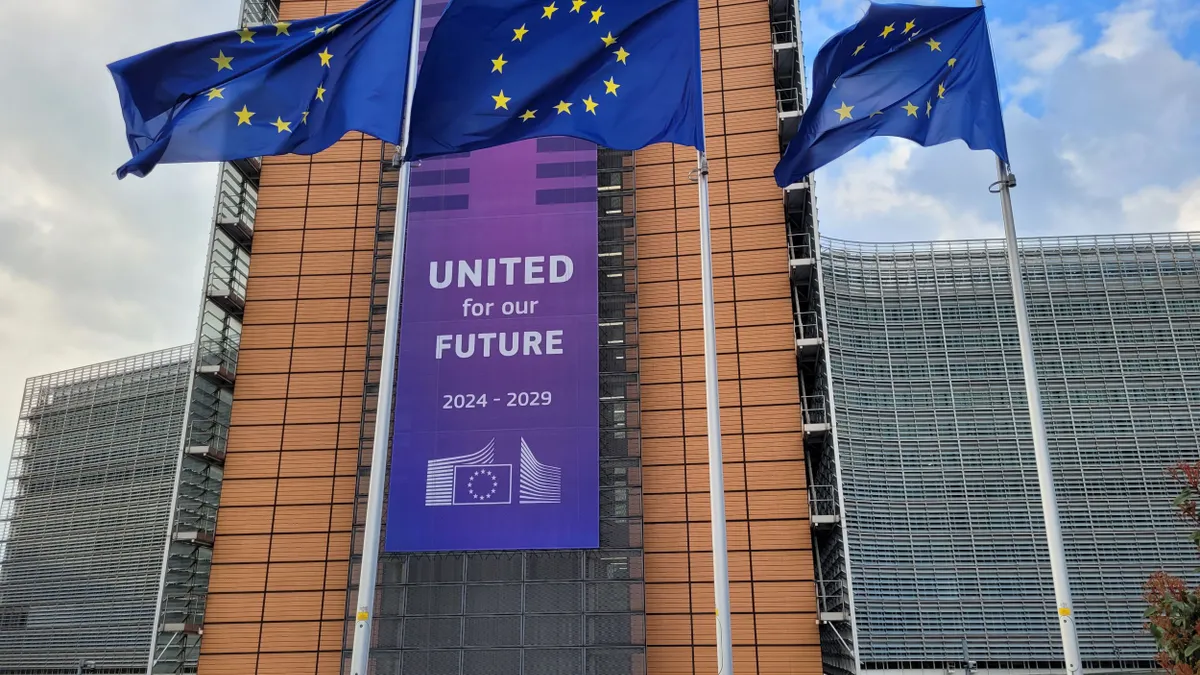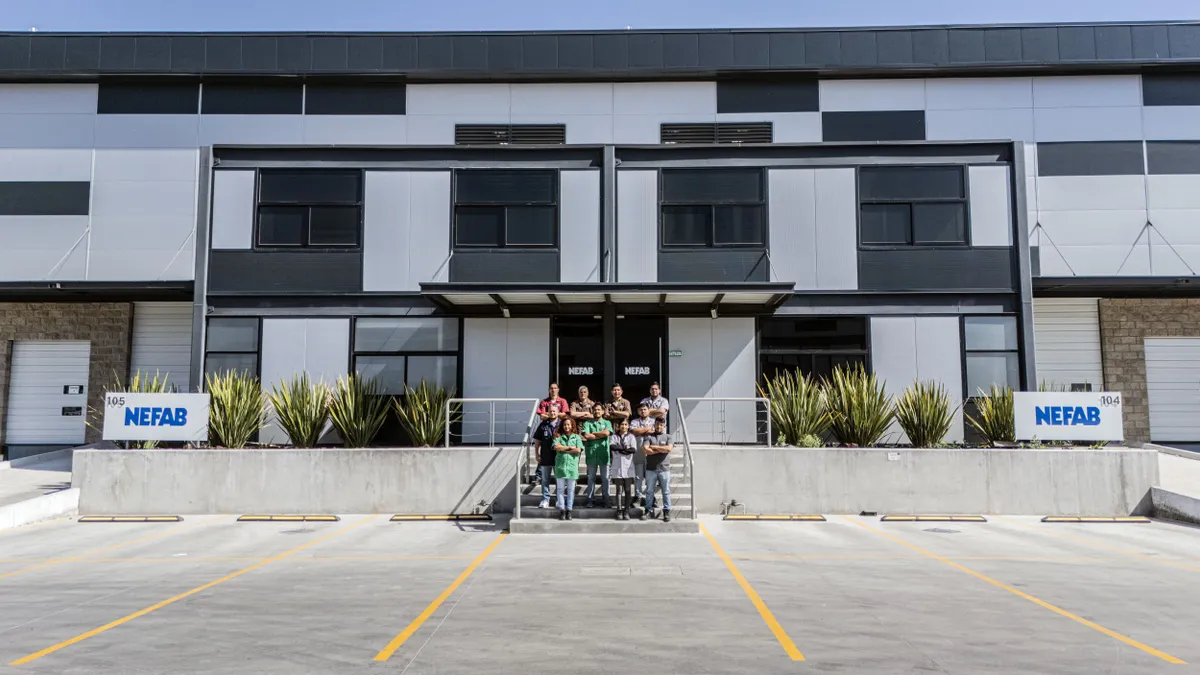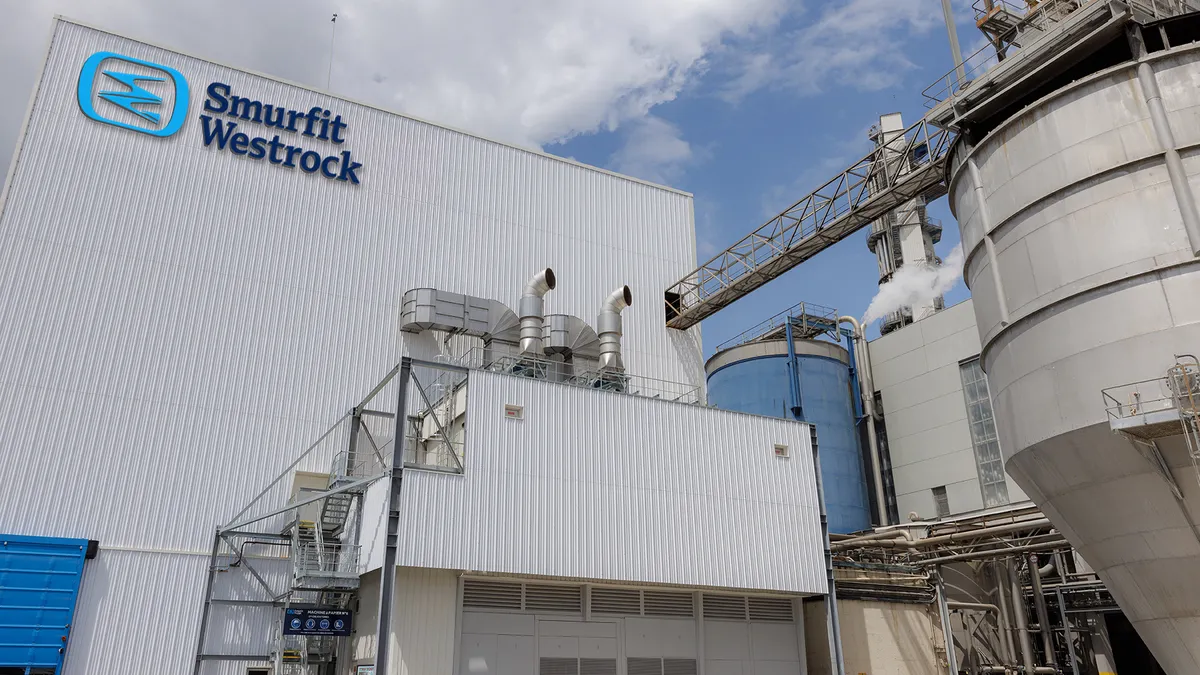A private equity-backed company says it is now North America’s largest provider of engineered bulk transportation packaging solutions and hopes to keep growing even further with new leadership.
Gravis, based on the Latin word for heavy, was formed after New Water Capital embarked on an acquisition streak starting in 2022. This included Bagwell, Bulk Lift International, BulkSak, JumboBag, Norwood Paper and Powertex; some of which date back to the early 1970s. The combined company now has 18 manufacturing and warehouse locations in North America, along with a broader manufacturing network in parts of Asia.
Its product portfolio includes a range of flexible intermediate bulk containers (FIBCs) capable of handling up to one ton of dry material, along with bulk liners, bulk container liners, industrial bags, pallet liners, non-wood pallets and stretch films.
Vishal Rao was recently hired as the CEO of Gravis to help integrate the acquired businesses and scale the company. He previously served as president of industrials at Mativ, following roles at companies such as Neenah and Novelis. Packaging Dive recently spoke with Rao about Gravis’ future plans.
This interview has been edited for length and clarity.
PACKAGING DIVE: What was the strategy in acquiring the six companies and what opportunity do you see in this space?
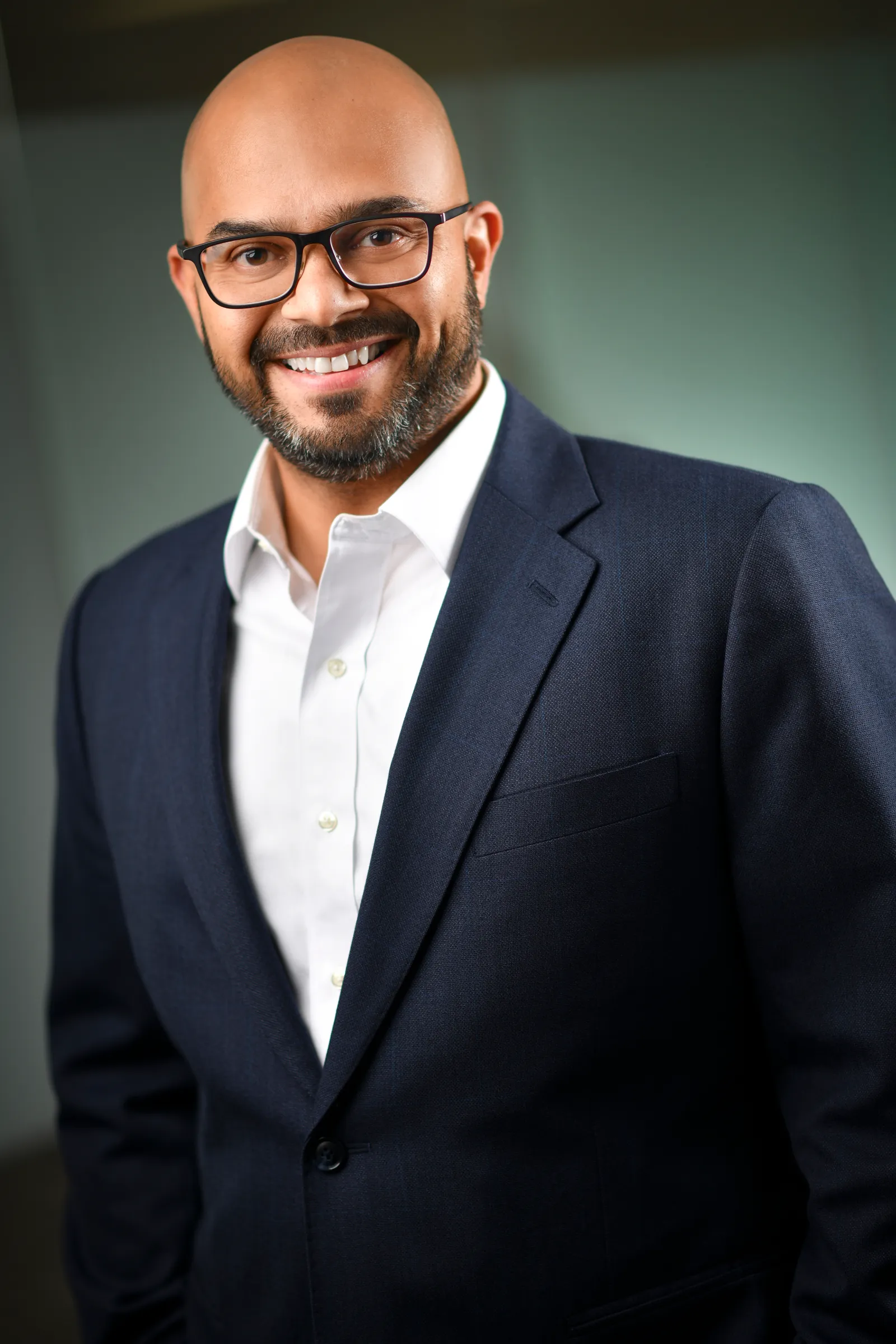
VISHAL RAO: The thesis is that this is a space where there are a multitude of smaller players. As you look at the needs of the market, the typical customers that benefit from industrial packaging would be chemicals, food, agriculture, pharmaceuticals, aggregates. They all typically tend to be larger players with multisite operations. So bringing together a set of businesses that operate in essentially the same or complementary product lines will do three things.
One is it gives us scale to invest in the technical expertise. Because these are fairly technical applications. As you might imagine, in pharmaceutical or food you have all of the certifications you have to meet. But also, because these products are moving materials from one production process to another production process, efficiency and scale is important. So the bags need to fit into the production processes, the unique needs of transportation processes. So there's a lot of engineering and customer building that goes on and having scale will let us invest more deeply.
The second thing that this creates is scale. With the six acquisitions, we have 18 warehousing locations in North America. So you can imagine we can offer a much more comprehensive service footprint, and we will look to build on this foundation as well. But linked to that is also the fact that now we are at a scale where we can invest in systems. So if you're a corporate buyer ... you want to know what the status is of the supply chain.
If there's one thing that COVID showed us was that you cannot take the stability of the global supply chain for granted. And the most recent thing that you will see in the news is the Red Sea crisis and so it takes a degree of sophistication and systems for an organization to mitigate those risks. Now we have the scale where we can do that. We can create the systems and the redundancies to be a very stable supplier.
And the third one is we now have a fairly comprehensive portfolio of products. If you're someone who is in the food business, that makes food ingredients or agriculture, whether it's as small as a 25- or 50-kilo bag, or you want to move a container of material, you can call us and we have enough expertise and the product in our portfolio most likely, so we can help you figure out the right solution. So this lets us move in a way from a product-centric business to a solution-centric business for large, complex accounts.
How do you plan to execute on those strategies in the first year? Would one of the initial opportunities be cross-selling among different customers of the six brands?
Cross-selling is a key piece of it. [We will] take the various sales forces and map them against where the customers are, and then train them on what we have and how to consider those products in context of the customers’ problems, or challenges.
Two is, whereas in smaller businesses somebody was spending half their time doing product design, now I can say, “okay, one or two people do product design,” and here's how we engage with the customer when they have a challenge. So there's always a multistep process between the customer saying, “hey, I need help,” to actually getting them something at scale. It requires various steps of design, sourcing and then trials. So our typical period from a first call to a product in the field is 12 months-plus. You can imagine that, as a large-scale manufacturer, you are conservative with what you bring on and want to make sure there's no risk of failure. So we’ll be getting those systems in place.
And of course, the back-end stuff around making sure we're on one platform, we know what's performing, we spend the time teaching the sales force and documenting what do our customers need. But really the fundamental thing is getting the company to a place where we are customer facing.
What are your opportunities to gain market share? Is there a bigger opportunity to win business from competitors, or convert new customers to solutions such as FIBCs that they aren’t currently using?
The FIBC application is growing at 5% per year based on market studies. So the first part is let's get our fair share of the organic growth that is happening in the market. And then as we prove out the hypothesis, if we are someone who can do more for you, provide you more transparency to the supply chain or better service, is that a good enough reason for you to move your business over to us.
Also, if I have the engineering capabilities right now, as well as a robust global supply base, can I help you find a solution that meets a need that is not being met or help you meet it more cost effectively? And I say cost effectively, not lower price, because a lot of it is engineering the right solution. You can fit more in a bag. You can use different materials to make packaging.
Those would be the three things I would say will drive our market share gain. You have to earn the trust of the customer after all ... and earn the right to be considered ahead of any other supplier.
Are there examples of new products that customers are asking for? Or, for example, is there opportunity to focus on sustainability by expanding the amount of recycled content in more of your products?
The most tactical opportunity is our customers are constantly upgrading their equipment to work on efficiencies. [So we can] help design a compatible intermediate packaging solution that fits those needs.
Sustainability has come up. I will say the conversation is different than what you might hear in B2C packaging. So perhaps the the need for recycled content is less a focus, as is the overall carbon footprint of the supply chain. So that will be a first place to start because with recycled content there are implications to the performance of the product. So that will be a longer solution cycle.
And there's also some industry specific requirements as to how do we load stuff faster, carry more weight per bag. Each of the businesses comes with a fairly experienced and stable commercial team and technical team. So we have decades of product experience in the market.
Demand for consumer packaging has been more turbulent in recent years. I imagine industrial is more stable, but still not immune to economic cycles?
Economic cycles are relevant to our customers and therefore to us. We are a product that gets used in the manufacturing process of our customers, so as their demand or production increases or decreases it does impact us as well. So certainIy there is that impact.
That being said, our role as business management is always to work through how we can create the most stable business, given the conditions. We also have a diverse customer base and increased geographic diversity within the U.S., and we are also in Canada and Mexico.
Given the private equity ownership, and your description of the market as fragmented, are future acquisitions part of the strategy?
Yes, acquisitions will continue to be something we'll look at strategically as we go.



